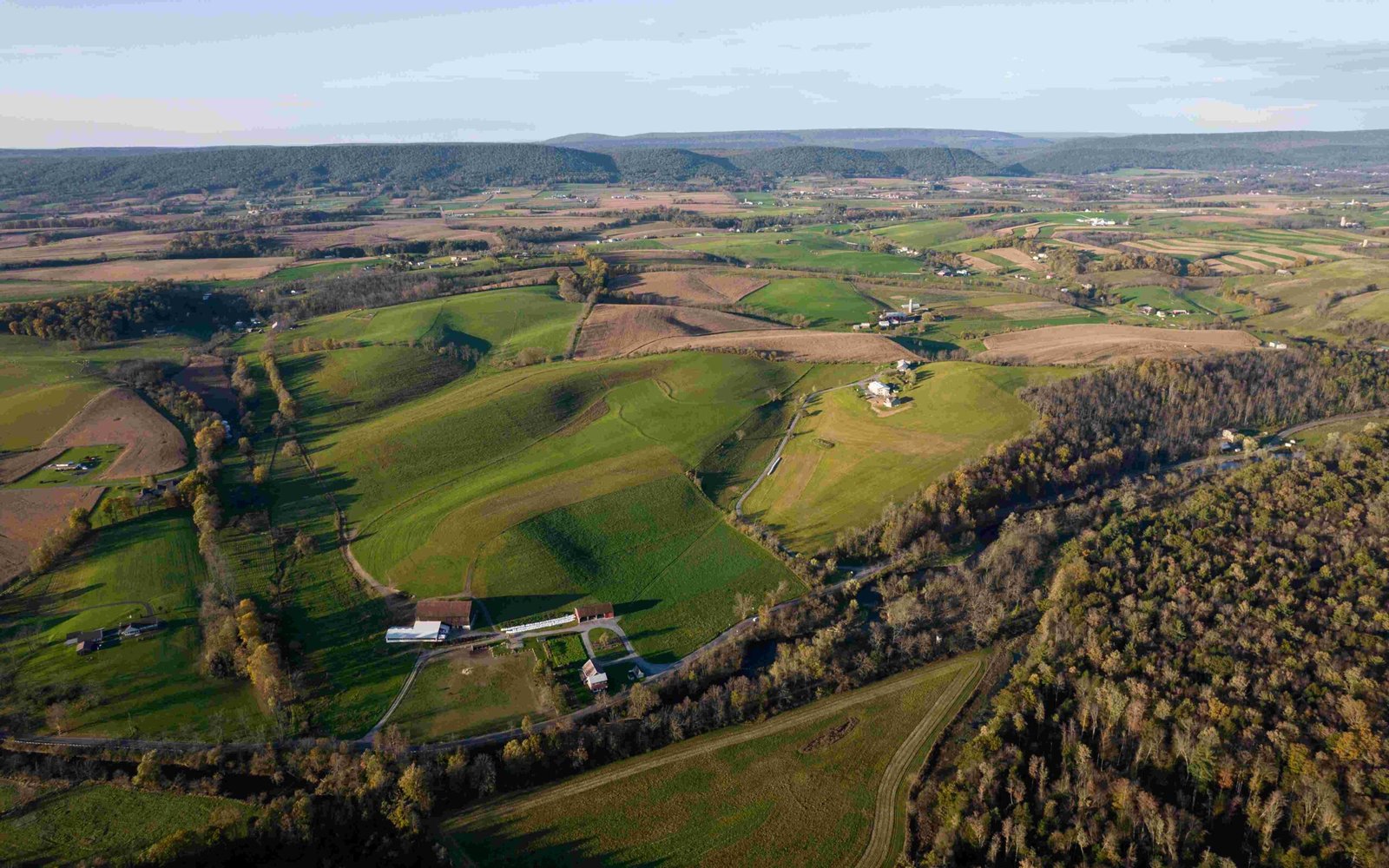The Appalachian Trail presents hikers with a formidable insect ecosystem that can transform a peaceful wilderness journey into a challenging survival experience. During peak seasons, hikers encounter a relentless array of biting, stinging, and disease-carrying insects that range from microscopic midges to disease-transmitting ticks, making bug protection not just a comfort issue, but a critical health concern.
What Makes Bugs So Challenging on the Appalachian Trail?

Why Are Insects a Major Threat to Hikers?
Insects on the Appalachian Trail represent more than just a nuisance; they pose significant health risks. The trail’s diverse ecosystem creates perfect breeding grounds for various insects, each presenting unique challenges:
| Insect Type | Health Risk | Peak Season | Geographic Prevalence |
|---|---|---|---|
| Ticks | Lyme Disease | Late April – October | Northeastern States |
| Mosquitoes | West Nile Virus | Summer Months | Entire Trail Range |
| Yellow Jackets | Painful Stings | August – September | Wooded Regions |
| Midges | Intense Bites | Late Spring – Early Fall | Humid Areas |
What Specific Challenges Do Hikers Face?
Tick-Borne Dangers
- High-risk states include Vermont, New Hampshire, and Maine
- Potential transmission of multiple diseases
- Microscopic size makes detection difficult
Mosquito Menace
- Potential West Nile Virus transmission
- 1 in 5 individuals develop fever symptoms
- Thrive in humid, stagnant water environments
How Can Hikers Protect Themselves?
Recommended Prevention Strategies:
1. Use DEET-based repellents (23-33% concentration)
2. Treat clothing with Permethrin
3. Wear light-colored, long-sleeved clothing
4. Conduct daily tick checks
5. Avoid perfumed products that attract insects
What Environmental Factors Increase Insect Populations?
Insect proliferation depends on several environmental conditions:
– High humidity
– Stagnant water sources
– Dense forest coverage
– Warm temperatures
– Frequent rainfall
Are Some Trail Sections Worse Than Others?
The insect intensity varies across different trail sections:
– Northeastern sections have higher tick populations
– Southern sections experience more diverse insect varieties
– Mid-Atlantic regions have significant mosquito presence
What Medical Precautions Should Hikers Take?
Essential Medical Preparedness:
– Carry tick removal tools
– Pack antihistamine medications
– Bring hydrocortisone cream for bite relief
– Consider pre-trip vaccinations
– Know local medical facilities along the trail
What Are Long-Term Health Implications?
Untreated insect-borne diseases can lead to:
– Chronic Lyme disease
– Neurological complications
– Extended recovery periods
– Potential long-term health impacts
Expert Recommendations

Experienced Appalachian Trail hikers suggest:
– Never underestimate insect protection
– Invest in quality repellent gear
– Stay informed about local insect patterns
– Prioritize personal health over trail progress
Conclusion
While insects pose significant challenges on the Appalachian Trail, informed preparation and proactive protection can mitigate most risks. Understanding the ecosystem, using appropriate preventive measures, and maintaining vigilance are key to a safe and enjoyable hiking experience.

